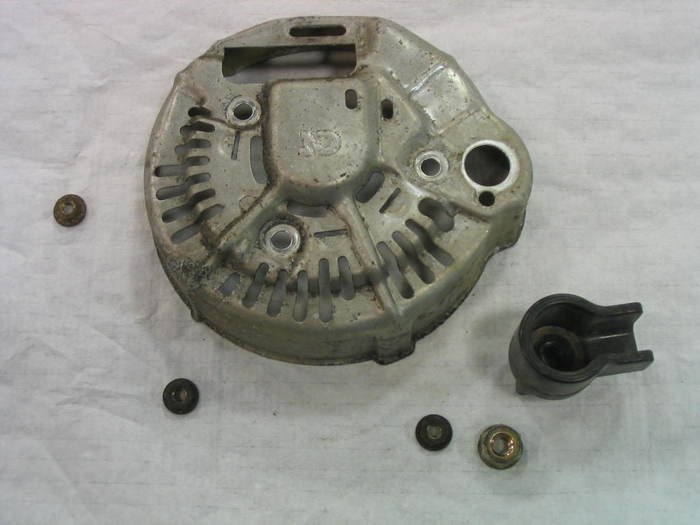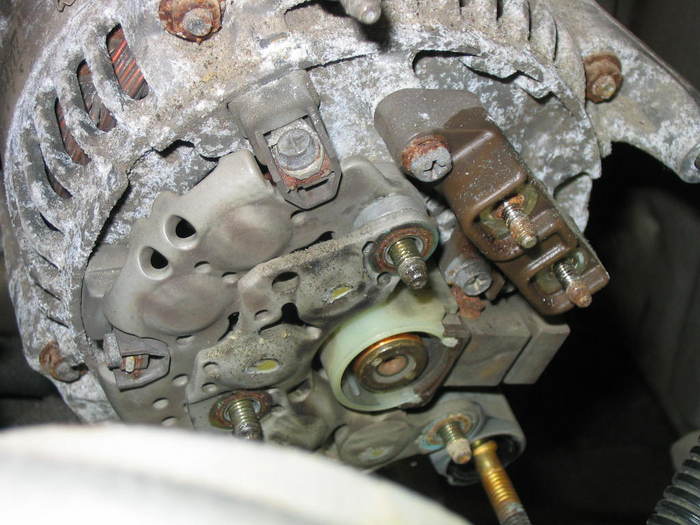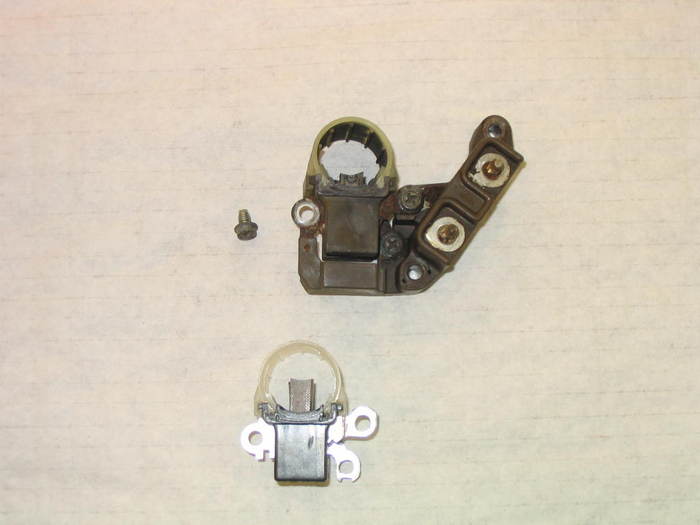Yup. Based on the following: Worn brushes are an extremely common problem in the Nippensenso alternators. A used one is likely to develop the same problem. With the used one, you didn't have a problem for almost three months. And the clincher, you found 10 volts at the battery while the engine is running.
There are basically four things that can cause that 10 volts while running. Worn brushes, defective voltage regulator inside the Engine Computer, a break in the wire between the alternator and the voltage regulator, and a break in the feed wire to the alternator. To narrow it down and verify the brushes are worn, measure the voltages on the two small wires on the back of the alternator as I mentioned earlier.
The brushes will be responsible for 98 percent of the problems. If you still have your old alternator, you can use that to practice disassembling it to see what's involved. Every year I had my students take a few different models apart to peek inside and see how they work. This one is much easier to do than to describe. My kids needed lots of instructions and hints with GM and Ford units, but with the Nippendensos I could just stand back and let them go.
If you aren't afraid of a screwdriver, I'm confident you can replace the brush assembly. If you can find a used alternator to practice on, I think you will find out that YOU will have the confidence too.
And you're not wasting my time. If I wanted to help only professionals I wouldn't be here on this site.
Tuesday, April 26th, 2011 AT 10:12 PM






